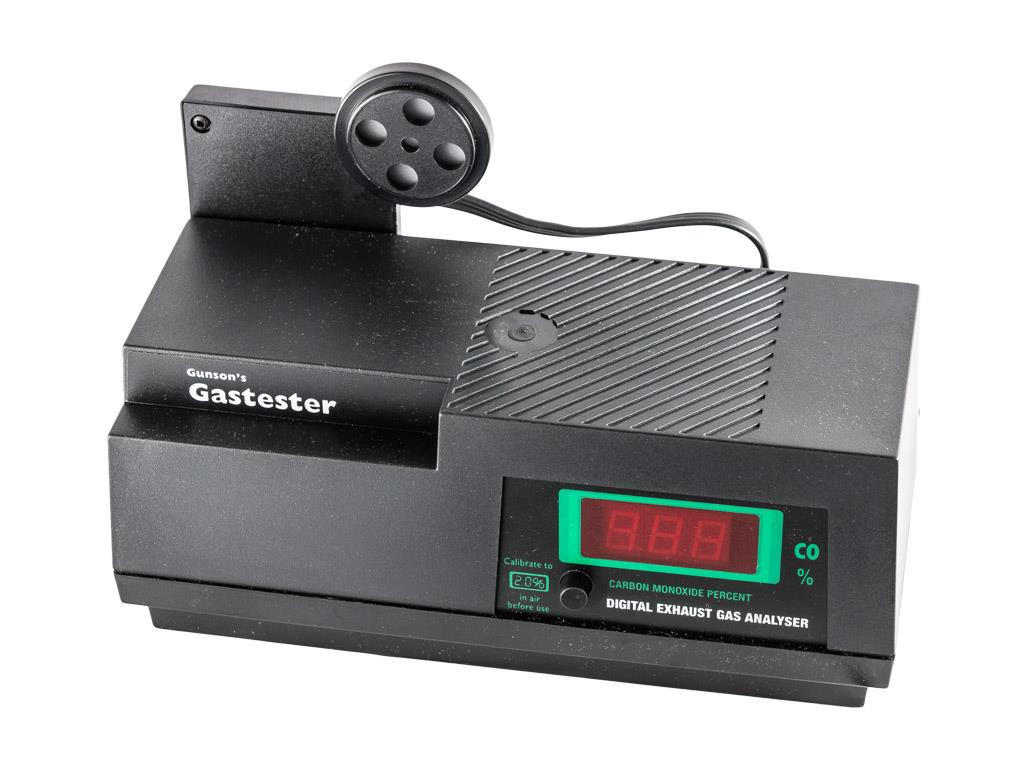

and with the original red trumpets, it just looks the lot :-). (well, if you want to have something special, theseTBs also sport the Weber bolt pattern. (clicking on the name leads to the manufacturer if available, updated February 5, 2014) I will be more than happy to add them to the display. So here comes the round-up! Feel free to drop me a message if you know of any other brand manufacturing their own design. I limited the search for other brands to those which have DCOE-style throttle bodies, but also found a lot of DIY items, ranging from the welded injector bung in the manifold to the complete engineering, milling, turning and manufacturing. The manifold can be maintained if you had such carburettors beforehand. One of the main criteria was the bolt on ease due to the Weber DCOE and/or Dellorto DHLA bolt pattern. Quite rapidly, I decided for Jenvey because they have a good reputation and were included in a kit I purchased. Most visible are the combustion chambers in the cylinderhead.Īlthough the conversion is made and functions well, I wanted to have a look at what other throttle bodies I could have used. The following pics show the block and the pre-X-flow cylinder head fromĭifferent angles. Opposite to the intake to improve gasflow. With other features like the combustion chambers in the pistons and the exhaust

A re-design (1967) went for a change, together In the beginning of the Kent, the engine had a cylinderhead with the exhaustĪnd the intake on the same side. Pre-X-flow (1959) as well, that’s why I want to explain the difference rightįrom the beginning before concentrating on the X-flow. There is a lot of literature available about the

Specialist’s websites if you want to read more. A sources section at the end has links to In this synopsis, I want to display some information I found about one particular One of the most popular Ford engines everīuilt was named “Kent” since the Dagenham plant where it was produced is located


 0 kommentar(er)
0 kommentar(er)
